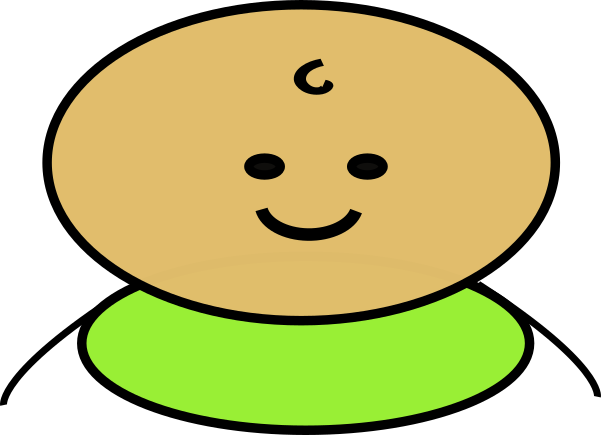Creating New Experiments¶

To create a new experiment, click the New Experiment button (above) in the main Habit dialog (See Figure 1). Specify a name for the experiment and click OK. This will create a new, empty experiment - i.e. it will have no phases, no stimuli, etc. Alternatively, you may specify a template experiment, and your new experiment will be a working duplicate [1] of the template you chose. Habit2 includes several template experiments, each of which demonstrates how to re-create classic experiments in Habit. See our paper (link) for a complete description of the templates.
| [1] | The stimuli for the template experiments are configured assuming that the default stimulus root is used for your workspace. This restriction is only for the template stimuli, and can be changed to suit your preferences. |
Cloning existing experiments¶
Another way to create a new experiment is to clone, or copy, and existing experiment. Simply click the Clone/Copy button on Habit’s main dialog.

Importing experiments¶
An experiment can be imported from a file that was exported from Habit. This is a way of moving an experiment from one workspace to another, or from one computer to another. After clicking on the import button (below), navigate to the export file (it will have an extension of “.hbx”.


